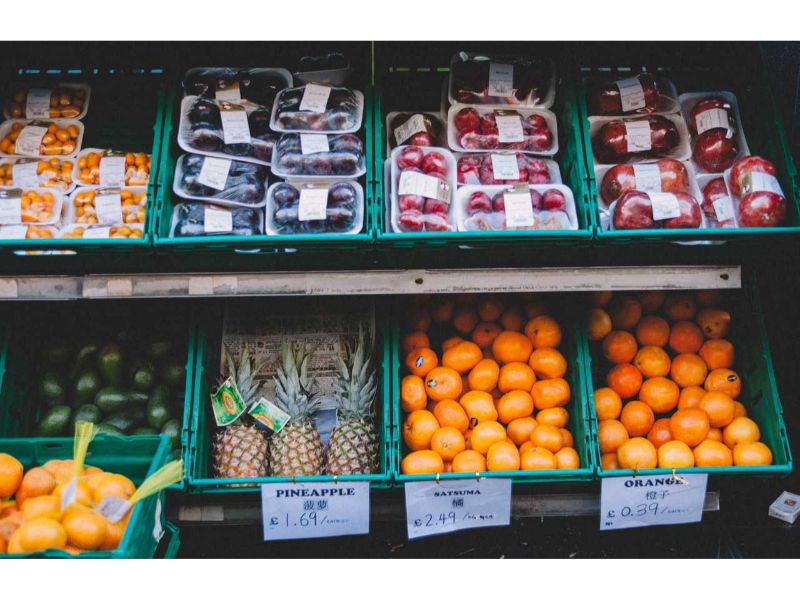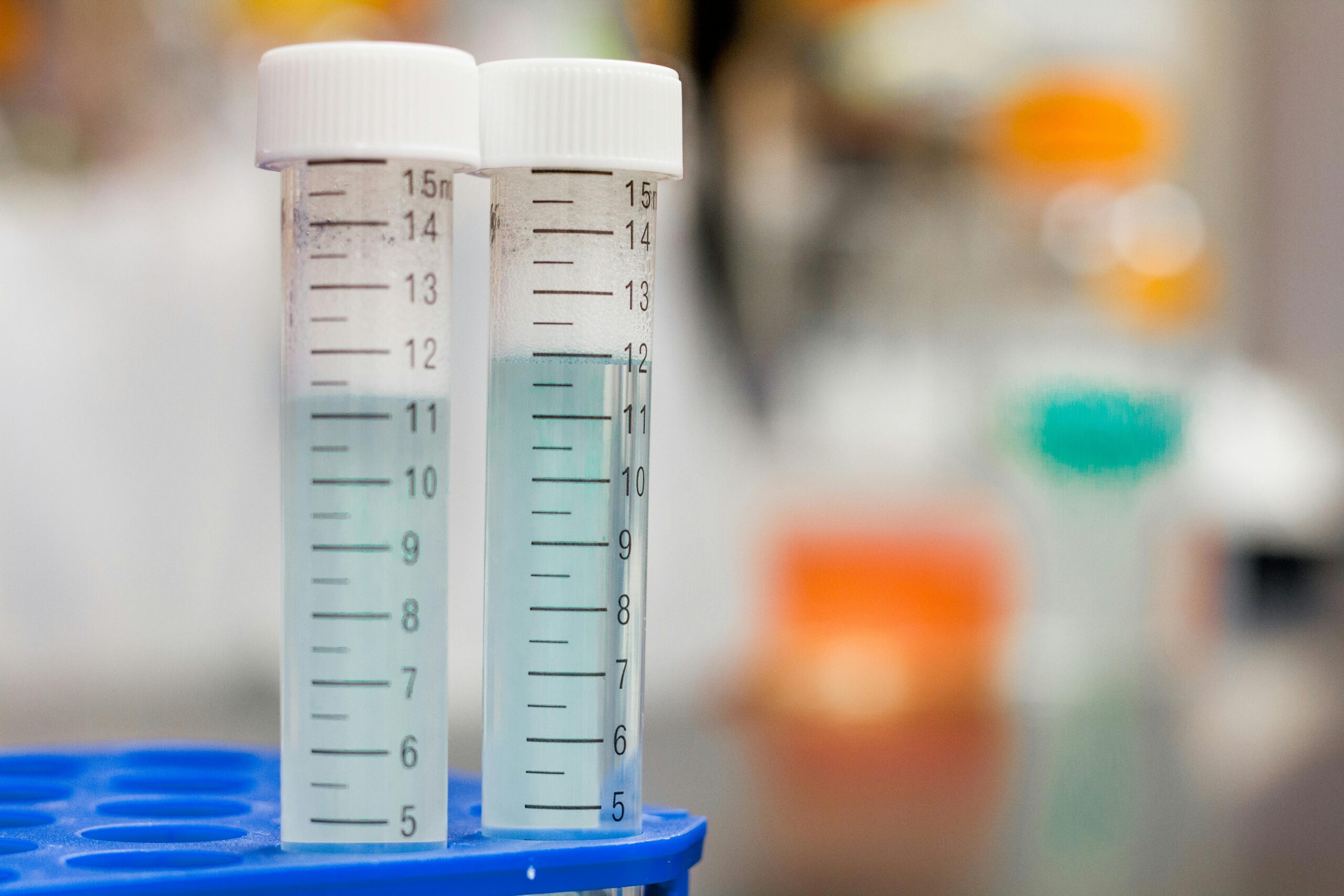In today’s fast-paced world, where consumers demand freshness and quality as paramount virtues, businesses find themselves engaged in a relentless and perpetual race against time. They must go to extraordinary lengths to guarantee that their products not only meet these elevated expectations but consistently outshine them. This contemporary environment of instant gratification and rapid information exchange amplifies the pressure on businesses to secure a lasting presence in the market. Amidst this whirlwind, there exists a linchpin of immense importance — shelf life testing. Shelf life testing methods are being regularly developed and updated in order to make way for better and more improved food quality requirements.
This pivotal practice, often underestimated in its significance, serves as the bedrock upon which product integrity is upheld. By subjecting items to rigorous scrutiny, shelf life testing unveils the secrets of longevity, offering businesses a tangible means to ensure that their offerings remain both relevant and reliable amidst the dynamic currents of consumer preferences.
In this blog post, we will delve into the world of accelerated shelf life testing methods and how they play a pivotal role in helping businesses stay ahead in the market competition.
Understanding Shelf Life Testing Methods
Shelf life testing methods are a series of meticulous and systematic evaluations, meticulously designed to ascertain the exact duration during which a product can uphold its intended quality, safety, and efficacy under a specific set of conditions. This scientific practice serves as a sentinel, standing guard over the promises businesses make to their consumers. It’s not just about ensuring that a product survives over time; it’s about guaranteeing that it thrives and continues to embody the essence of excellence that consumers have come to expect in today’s discerning market.
As the business landscape continues its rapid evolution, the parameters within which products must prove their mettle are undergoing transformative shifts. Consumers are now more than ever attuned to not just the functional attributes of a product, but to its overall impact on health, sustainability, and ethical considerations. In this era of heightened consciousness, traditional testing approaches—while essential in their own right—might find themselves falling short of capturing the multifaceted demands of the modern market.
In essence, accelerated shelf life testing is not merely a tool; it’s a strategic advantage that allows businesses to harness the power of foresight in a realm characterized by unpredictability. By harnessing the potential of this method, companies can anticipate the wear and tear that their products will encounter, enabling them to fine-tune formulations, adjust packaging, and optimize distribution channels well in advance.
“Want to learn more? Delve into our previous blog methods for determining the shelf life of food for new perspectives!”
Accelerated Shelf Life Testing: Unveiling the Need
Accelerated shelf life testing methods are ingeniously crafted to mimic, in an intensified manner, the natural passage of time’s effects on a product. This seemingly paradoxical approach is driven by a profound necessity rooted in the dynamic business landscape. Traditional testing methodologies, while robust and reliable, often come with a significant time investment. Waiting for the slow march of months or even years to yield results can inadvertently curtail a company’s momentum in the fast-paced world of innovation.
In the contemporary milieu dominated by the “need-it-now” consumer culture, businesses are compelled to be not just reactive but anticipatory. The ability to swiftly adapt to shifting trends and cater to ever-evolving consumer demands is a key determinant of success. However, this adaptability must be achieved without compromising the quality, safety, and longevity of products. This is where the expedited prowess of accelerated shelf life testing methods emerges as a potent tool.
By subjecting products to conditions that expedite the ageing process, manufacturers gain a strategic advantage: the ability to peer into the future of their products within a compressed time frame. This accelerated preview equips them with invaluable insights into how their offerings will withstand the test of time, even before they hit the shelves. The advantages are multifold: not only do businesses remain poised to meet consumer expectations promptly, but they also have the data-driven edge to refine production processes, enhance packaging strategies, and optimise distribution networks with a keen eye on quality and efficiency.
Methods in Focus
1. Temperature Stress Testing: One of the most common accelerated shelf life testing methods is subjecting products to elevated temperatures. By exposing products to higher-than-normal temperatures, researchers can observe how different components react. This process helps to predict the product’s behaviour over an extended period in a short amount of time.
This method doesn’t merely speed up the ticking clock; it harnesses the potent interaction between temperature and materials, setting in motion a complex dance of chemical reactions and physical transformations. Each component of a product, from its core formulation to its outer packaging, responds differently to temperature variations. Elevated temperatures can accelerate oxidation, degradation, and even microbial growth, allowing researchers to scrutinize the effects that months or years of typical use would yield in a remarkably condensed span.
2. Humidity Testing: Humidity can greatly affect a product’s quality. By exposing products to controlled humidity conditions, manufacturers can gauge how moisture impacts the product’s physical and chemical attributes. This is particularly important for items sensitive to moisture, such as food products and electronics.
Recognizing its monumental impact, manufacturers employ a method of accelerated shelf life testing that exposes products to meticulously controlled humidity conditions. This practice transforms products into voyagers, navigating the uncharted waters of moisture to reveal the intricate interplay between humidity and a product’s physical and chemical attributes.
In this controlled voyage, products become testaments to resilience and vulnerability, as they react to the ebb and flow of humidity. Just as a weathered sailor emerges from a tumultuous sea with stories etched upon their features, a product emerges from this humidity experiment with tales of transformation. The exposure to moisture can induce structural changes, accelerate deterioration, and trigger the proliferation of unwanted microorganisms. By subjecting products to these accelerated humidity conditions, researchers distil months of potential moisture-induced challenges into a compressed timeline.
3. Chemical Reaction Testing: Certain products, especially those with intricate formulations and delicate compositions, can be akin to chemical symphonies, where every element plays a distinct role. These products aren’t just static; they’re dynamic entities, prone to intricate chemical reactions that can significantly influence their shelf life. Recognizing the profound implications of these reactions, accelerated shelf life testing steps onto the stage as a method that orchestrates controlled environments for these chemical ballets to unfold.
In the realm of accelerated testing, these reactions are not left to chance. Instead, they are choreographed within the confines of a laboratory setting. Here, under meticulously controlled conditions, these reactions are accelerated to unfold over a shorter time frame, providing researchers with a window into the potential transformations that might otherwise take months or even years to manifest naturally.
Staying Competitive with Accelerated Shelf Life Testing
In the ever-evolving market, where change is not just a constant but a catalyst, the imperative to remain competitive is more non-negotiable than ever before. Each passing moment brings forth new trends, emerging technologies, and shifting consumer preferences that demand immediate attention and response. In this tumultuous landscape, where the demands for excellence have reached unparalleled heights, businesses must not only keep pace but lead the charge.
Accelerated shelf life testing methods become the allies of businesses in this relentless race against time. They emerge as the bedrock upon which a business’s resilience and agility are built. It’s more than just a method; it’s a strategic advantage that arms businesses with the foresight necessary to navigate the intricate currents of the market. The insights gleaned from these tests are akin to a compass, guiding decision-making, shaping strategies, and recalibrating approaches to ensure a competitive edge that’s not just robust but razor-sharp.
Incorporating the insights of accelerated shelf life testing is a transformational journey that ripples across every facet of a business. It serves as a catalyst for innovation, pushing companies to refine their formulations, enhance their production techniques, and embrace packaging that’s not just alluring but adaptive. By identifying potential issues and vulnerabilities before they manifest, businesses can curtail wastage, both in terms of resources and time.
So, as you navigate the intricate world of product development, packaging, and distribution, remember the significance of accelerated shelf life testing methods.
Conclusion
As the demands of modern consumers continue to shape the business landscape, companies must adapt quickly to stay relevant. Accelerated shelf life testing methods offer an invaluable tool to understand how products age, ensuring that businesses can make informed choices that positively impact their bottom line. By embracing these methods, companies are not just conducting tests; they are actively investing in their future success. Embrace them to conquer the race against time and deliver products that stand the test of time.
SMSLA is a leading food testing laboratory in India that provides comprehensive, prompt and reliable testing services for food allergens, additives, contaminants, and more. With their cutting-edge techniques and cutting-edge facilities, they guarantee precise and dependable outcomes, empowering both individuals and businesses to navigate the labyrinth of food safety and excellence.
By spotlighting SMSLA as a leading food testing lab in India, we take a stride towards curbing food allergies, sensitivities, and bolstering public well-being in the most delectable way possible.











